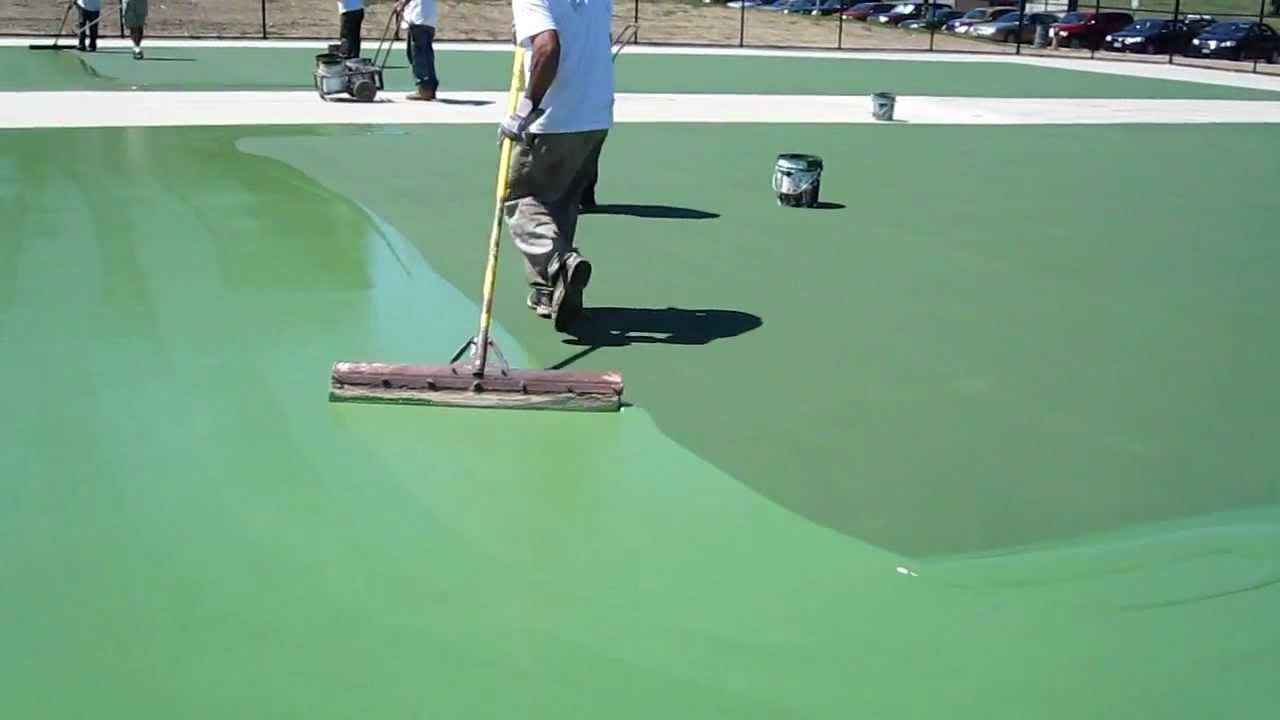Tennis Court Resurfacing and Daily Maintenance of Clay courts
Clay courts are popular and have a number of benefits as well. You will feel great playing on these surfaces, which is why clay is one of the most preferred options for tennis court resurfacing. However, you need to bear in mind that it requires some serious maintenance. Here are some tips to consider.
Every-day maintenance of clay courts
- After the play and before pouring water, brush the court surface using a drag broom and clean the tapes using a line broom to even out the surface and make it unwrinkled.
- Give a thorough and systematic water wash to the court to eliminate the dust and keep the court stable and steady.
- If the court is new, roll the surface as needed. Rolling will make the surface firmer and faster with less erosion and granular build-up. It will also help in better moisture retention and reduce the drying time.
Clay court maintenance as and when required
Applying patch to the required areas
It is but natural for depressions or low areas to form because of the regular watering, especially in areas like baseline or the service box. These depressions will be easily visible as water will be retained for a longer time in these areas after rains or a wash. Another way to determine the depressions is by running a string line over the court. These will make the court inconsistent and need to be patched.
Here are the steps to patch the depressions or low areas –
- Drub the low area with a lute or any other scarifying equipment to rough up the surface – doing this will enable the new Har-tru material to stick well on to the court surface.
- Even out the new Har-tru material onto the cavity areas.
- Level the Har-tru material with something flat or having straight edge (like flat side of a lute)
- Water the low area with hand and roll it
If the patch doesn’t happen in a single take, repeat the same process. This can happen if the low area is very deep.

Every court surface has some larger granules that provide a good flow and movement. But that is when it is used in small amounts. If used in large quantity, these granules or the dead material result in bad bounces and restrict the momentum of play. This happens due to the regular and perhaps heavy court usage and washing with water. These larger Har-tru granules get worked up on the surface over time. These dead materials are grey in color and particularly get accumulated near the net and baselines.
To scrape off these larger granules, use a lute and with its flat edge, rub the granules till they become like a pile and then take them off the court. This seems simple but needs to be done carefully to avoid any damage to the court surface other than the places of dead material.

